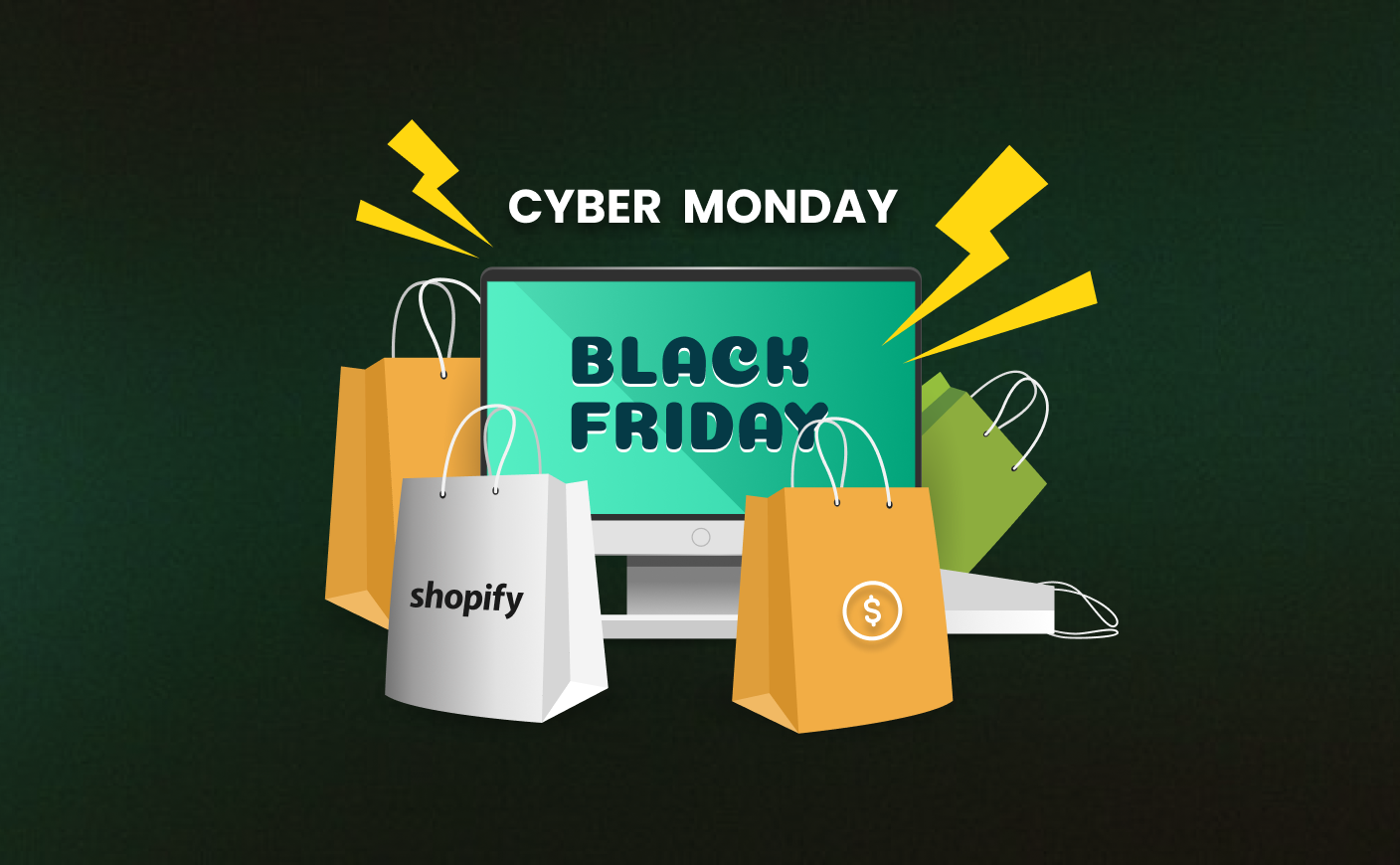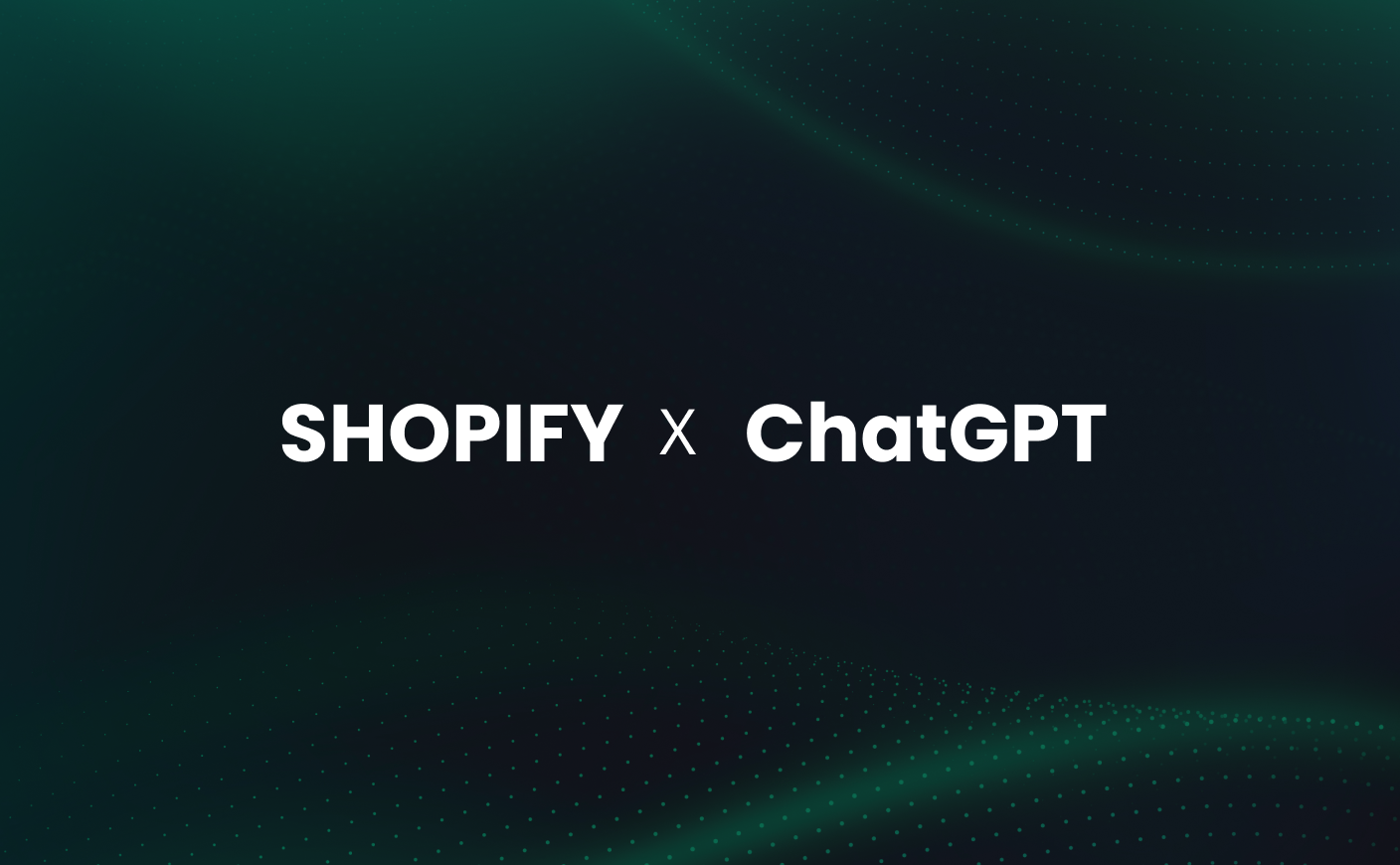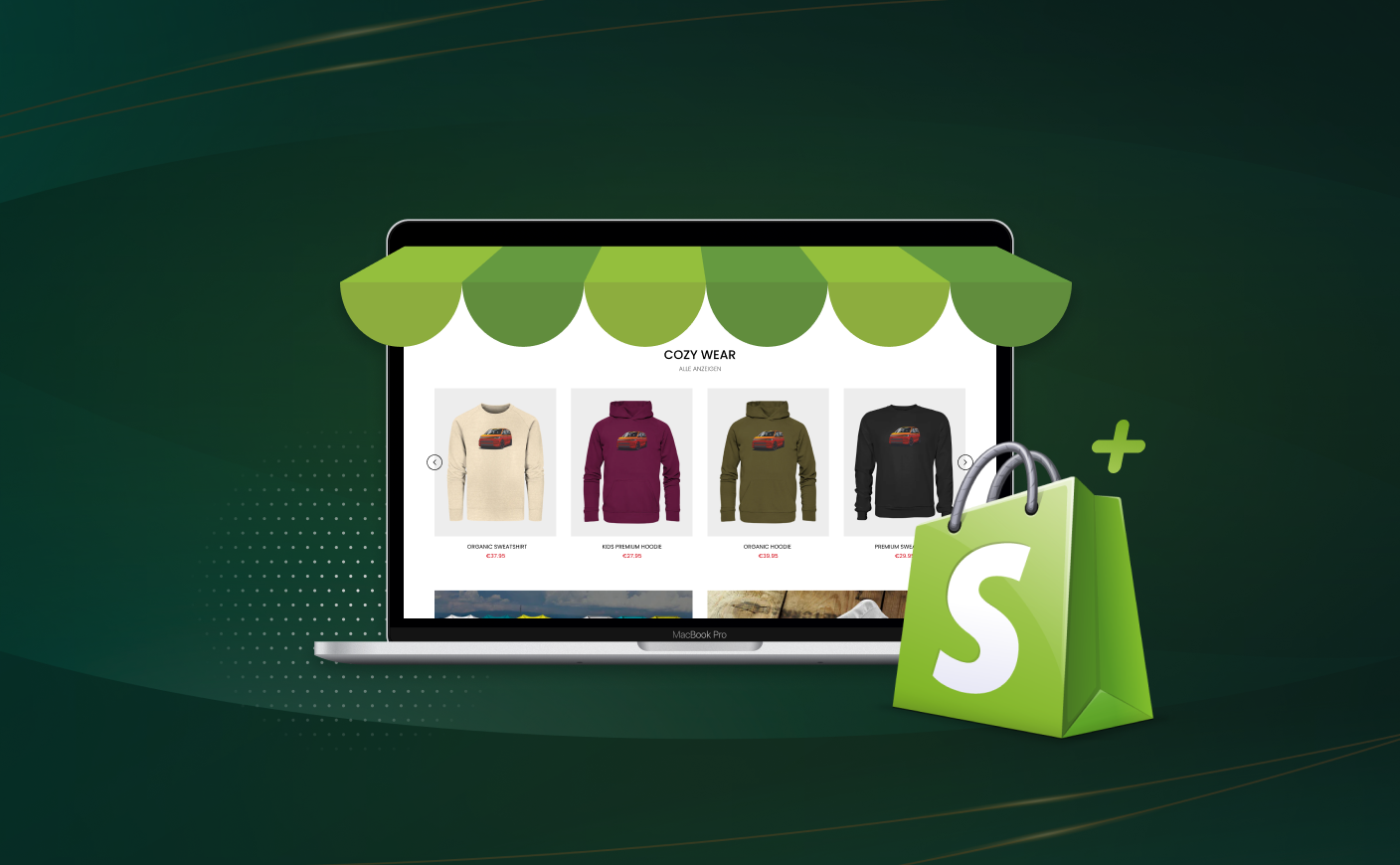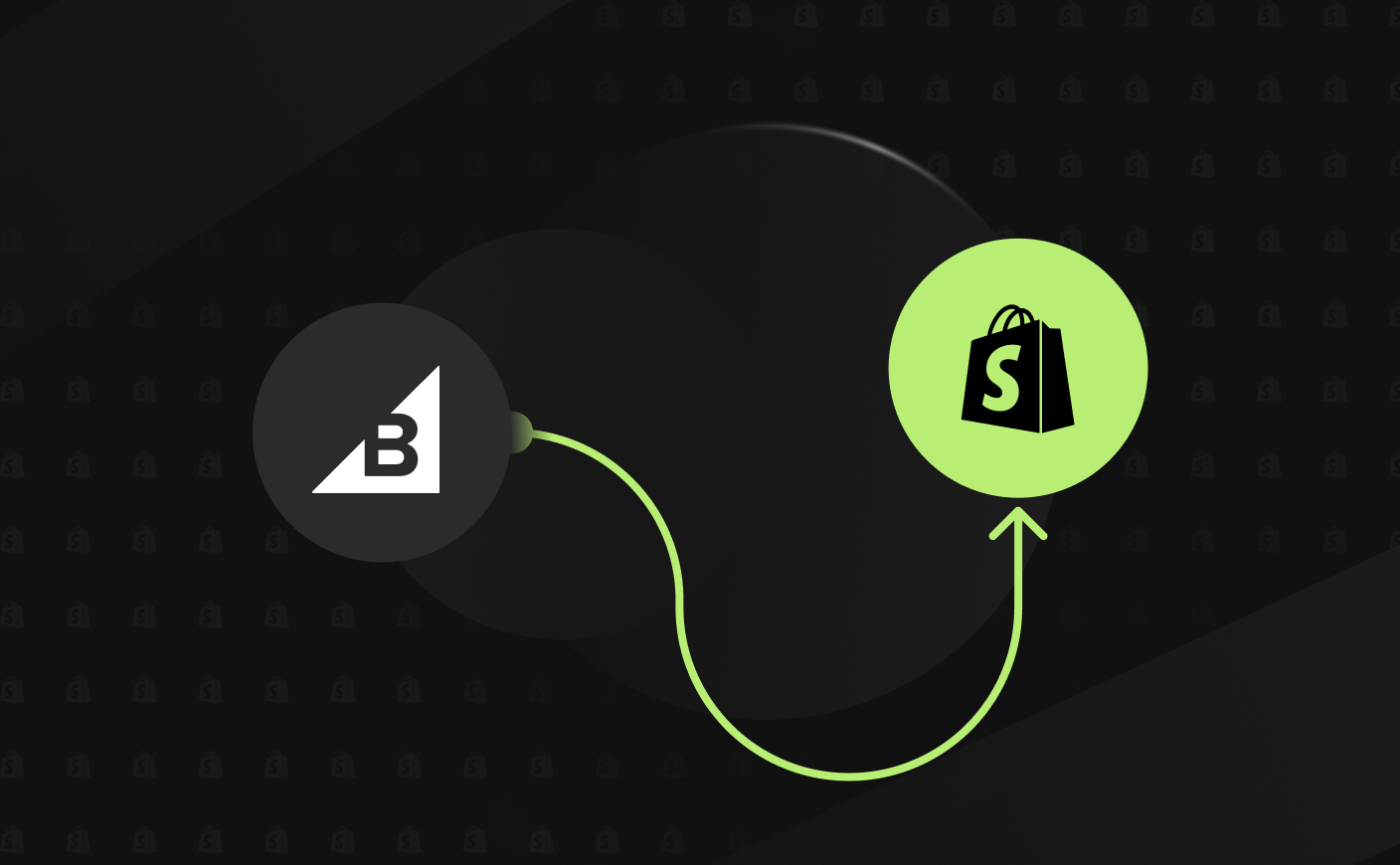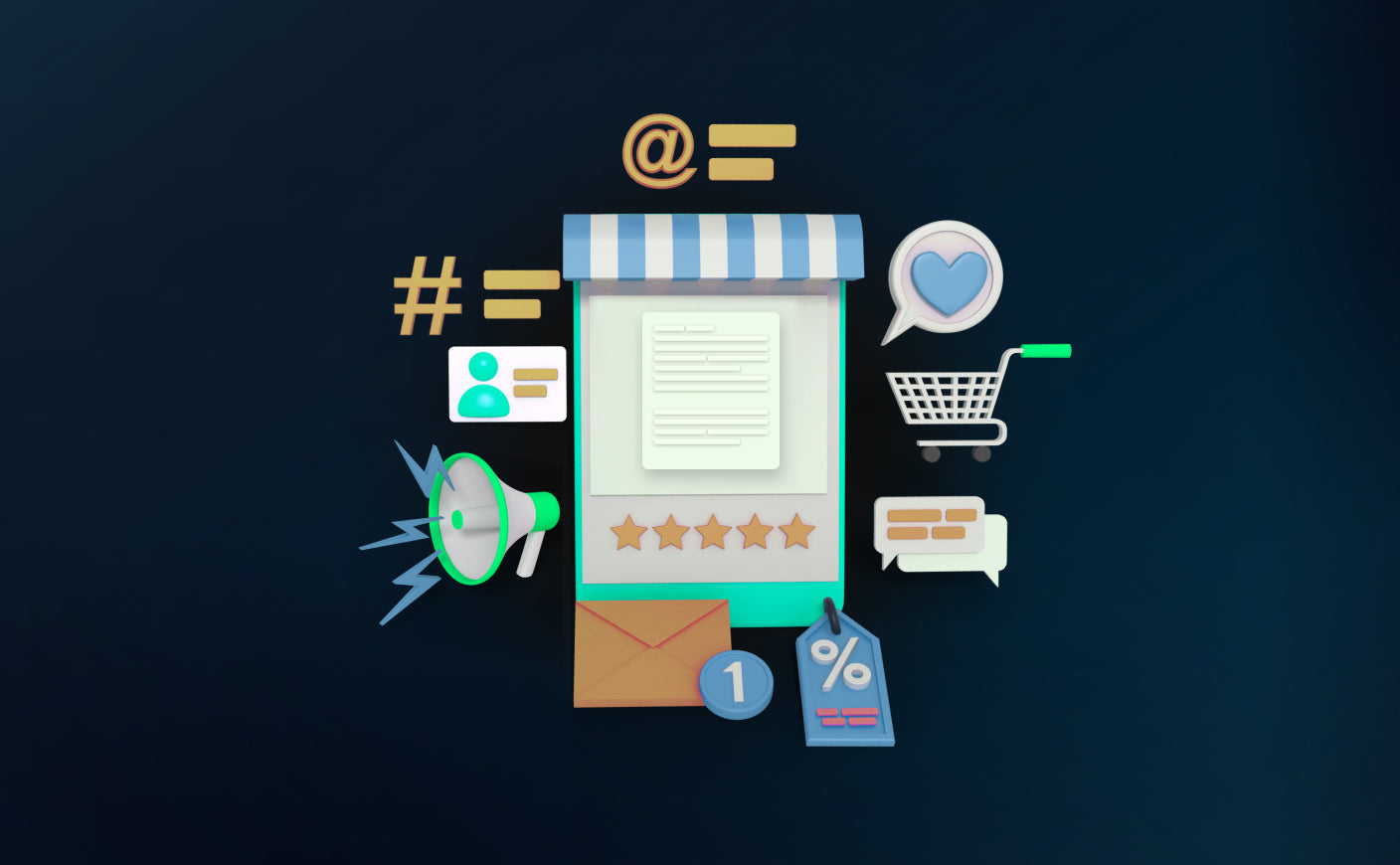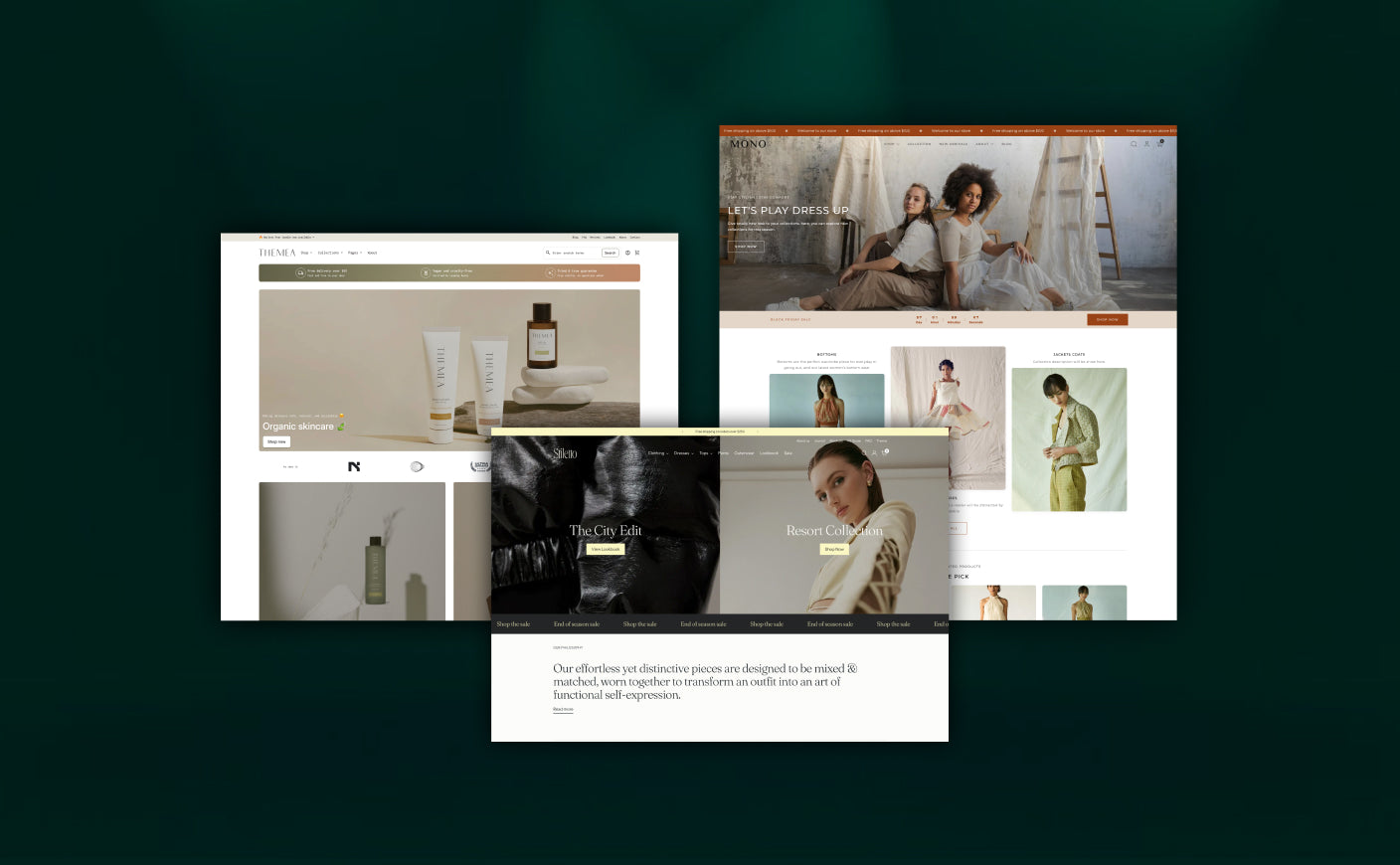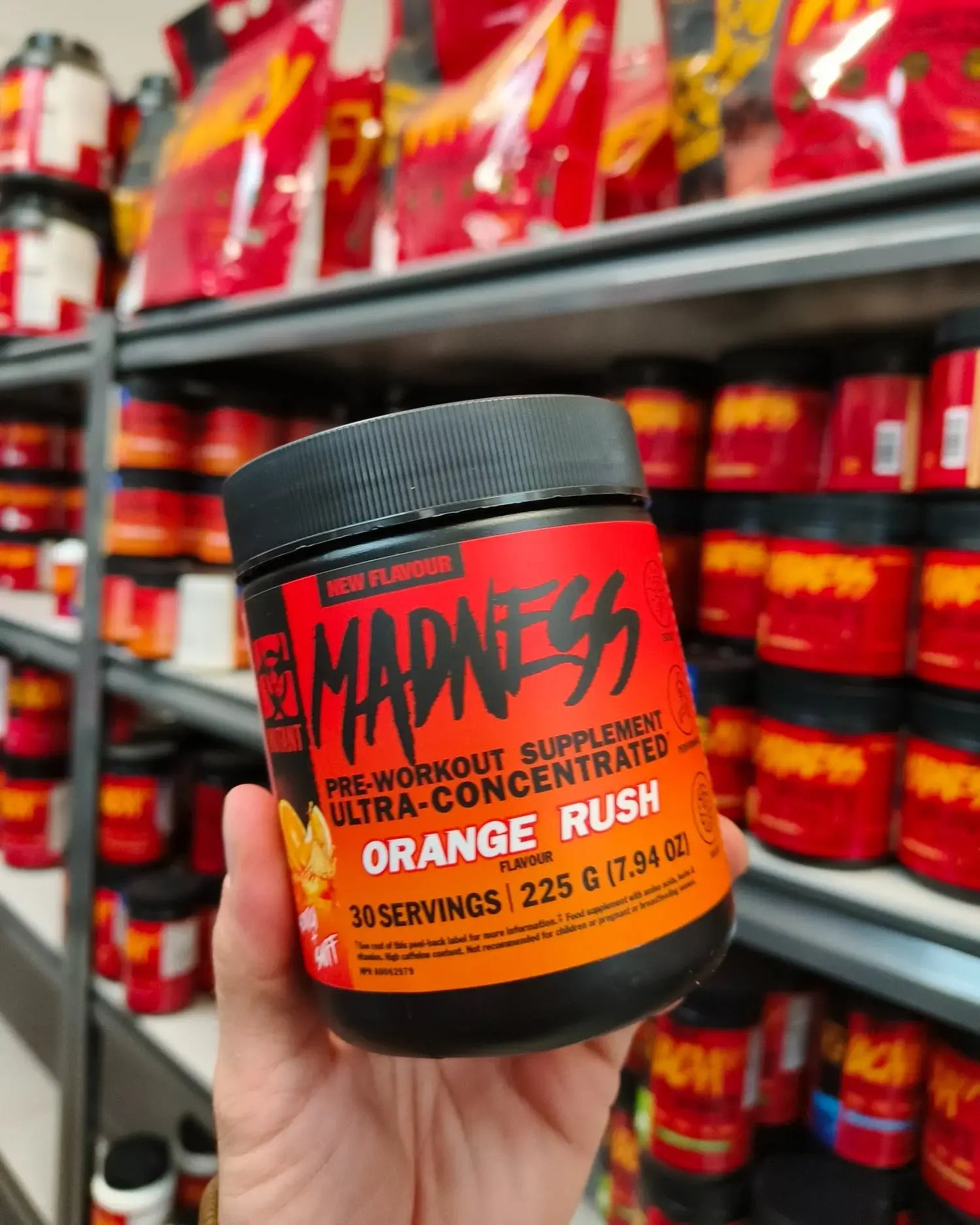The Complete Guide to Increasing Customer Lifetime Value
customer value
shopify store
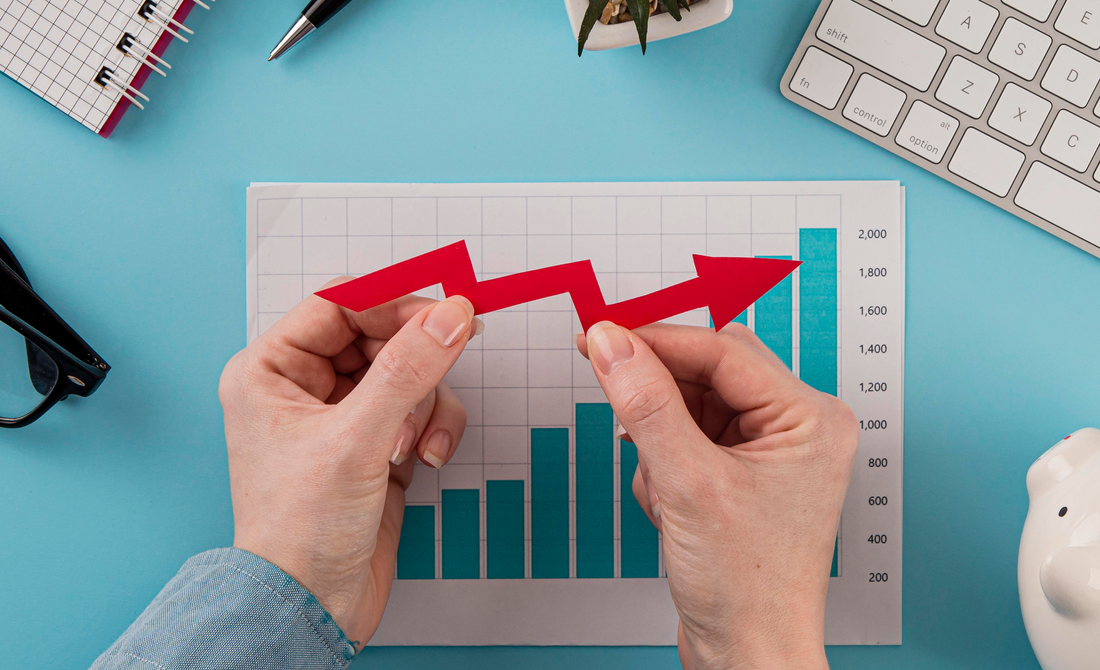
If you are a Shopify store owner, marketer, or just someone looking to improve your customer relations, you have come to the right place. Today we will discuss one of the important metrics for your business success: Customer Lifetime Value (CLV).
But before we get into the nitty gritty of this topic, let us first ask you this: Do you want your customers to make just one purchase and vanish, or would you prefer they keep coming back, buying more, and loving your brand?
We bet it's the latter.
This is where customer relationship value comes into the picture.
We will discuss what CLV is, why it is important and how you can boost it effectively using practical strategies and real-life examples.
A Basic Understanding of Customer Lifetime Value (CLV)
To put in simple words, CLV is the total net profit contributed by a customer during their entire relationship with your brand. You can also think of it as how “valuable” a customer is for your ecommerce store.
How to calculate CLV?
The formula goes something like this:
CLV = (Average Purchase Value × Purchase Frequency) ÷ Customer Retention Cost
For instance, if a customer spends ₹5,000 on average per visit, shops 4 times a year, and you spend ₹1,000 annually to retain them, their CLV would be ₹20,000.
So is it important?
Yes. Very much.
A high CLV is not just a number. It represents how loyal your customers are for the brand. They just don’t buy - they spread positivity and eliminate the need to constantly acquire new customers.
How To Increase Customer Lifetime Value?
Let us break this down into three simple actionable areas:
- Increasing Purchase Frequency
- Increasing Cart Value
- Reducing Retention Costs
The more often a consumer makes a purchase from your store, the more often they engage with your brand - and thus a higher CLV.
Let us look at some effective ways to do this:
Personalization
Have you ever walked into a store and the salesperson already knew about your preferences? You can easily replicate this in your online store by using customer data to tailor offers and communications.
Example: Netflix examines your viewing preferences and makes tailored show recommendations. In the same way, Amazon makes suggestions based on your past purchases. You can do something similar by sending personalized emails with product recommendations or running targeted ads.
Also read: A comprehensive guide to zero-party data for Shopify.
Point Expiration
You can create a sense of urgency by adding expiration dates to loyalty programs. This strategy creates a sense of FOMO in customers, urging them to make another purchase before they lose out on their hard-earned loyalty rewards.
Example: Starbucks has brilliantly implemented this strategy. They notify customers about their point expiration thus urging them to run for another coffee run.
Badges and Challenges
You can also gamify your loyalty program. Consumers enjoy receiving rewards for their accomplishments. Introduce badges or challenges that encourage repeat behavior.
For instance, Duolingo gives students badges and streaks for finishing language classes every day. Similar milestones might be offered to clients, such as giving them a badge following five purchases and rewarding them with extra points or savings.
Birthday Rewards
A small gesture can create a huge impact! Surprise your user with a gift or discount on their birthdays.
Example: By offering birthday gifts, Sephora's Beauty Insider program makes users feel valued and encourages them to buy more during their birthday month.
Increasing Cart ValueOnce a customer starts exploring your ecommerce store, you need to look for ways to encourage them to buy more.
But how will you do that? Let us find out.
Tiers In Loyalty Programs
Create a tiered loyalty system wherein customers level up as they spend more on your Shopify store.
Example: Delta Airlines' SkyMiles program offers escalating benefits like priority boarding and lounge access as members move up the tiers. Similarly, you can reward your top spenders with exclusive benefits like free shipping or early access to new products.
Also read: Key Consumer Trends For US Businesses In 2025.
Rewards With High Perceived Values
Offer rewards that make users feel that they are getting something extraordinary with their purchase.
For instance, as part of their loyalty programs, luxury hotel chains frequently offer complimentary stays or spa services. You can modify this by providing unique, valuable incentives like exclusive experiences or limited-edition goods.
VIP Clubs
Create an exclusive VIP club that offers premium benefits to members who can spend a certain amount.
Example: Amazon prime offers the ultimate VIP club membership, with access to free shipping, exclusive deals, and Prime Video for an annual fee. For your business, a similar club could include perks like early access to sales or personalized product recommendations.
Bundled Offers
Combining related products is also an effective way to entice customers to buy more than they usually purchase.
Example: McDonald’s “Extra Value Meals” are a classic example of bundled offers. Apply this strategy by bundling complementary products, like a skincare kit with a moisturizer, serum, and sunscreen.
Reducing Retention CostsYou don’t have to always break your bank to retain customers. Let us discuss ways to optimize strategies:
Members-only Perks
Turn standard benefits into extra perks for loyal customers.
Example: Several ecommerce websites allows only loyal members for free shipping. This not only incentivizes enrollment but also makes the benefit feel more valuable.
Contests and UGC Campaigns
Increase engagement and brand visibility at a minimal cost by hosting social media contests. This encourages user-generated content (UGC).
Example: Customers were once asked by a jewellery manufacturer to post pictures of themselves wearing their items along with a certain hashtag. The winner received a free necklace, but the campaign generated thousands of entries, boosting sales and social proof.
Churn Prediction
Identify customers who are at a risk of leaving your brand by using CRM tools to identify inactivity. You can win them back by using their data to send them personalized offers and recommendations.
Example: A subscription box provider offered a 20% off renewal deal after seeing a consumer hadn't renewed their subscription. The customer returned, increasing their CLV.
Real Life Success Story: StarbucksLet's discuss Starbucks. Their loyalty program is an excellent example of how to raise CLV. Starbucks keeps consumers coming back for more with perks like complimentary birthday beverages, personalized discounts, and an easy-to-use rewards system.
One innovative feature they added? A “Stars for Everyone” campaign, where customers could earn bonus stars for purchasing specific items. This increased both purchase frequency and basket size.
In order to make users feel appreciated, their software also leverages user data to give tailored offers. No wonder Starbucks’ loyalty program accounts for nearly 40% of their sales!
To Wrap UpIncreasing customer lifetime value is not just about increasing profits - but also maintaining a good relationship with users. By personalizing experiences, rewarding loyalty, and offering exclusive benefits, you can transform casual buyers into brand advocates.
Remember, every strategy we discussed isn’t just theory—it’s backed by real-life examples and success stories. Start implementing these ideas today, and watch your CLV touch new heights!
CrawlApps
At CrawlApps, we don’t just build Shopify stores—we create experiences that sell. We’re a bunch of problem-solvers who love turning ideas into stores that actually converts. Whether it’s fixing what’s broken or building something from scratch, we make sure every detail works in your favor. No fluff, no jargon—just real solutions that help your business grow. If you’re serious about Shopify, you’ll feel right at home with us.



